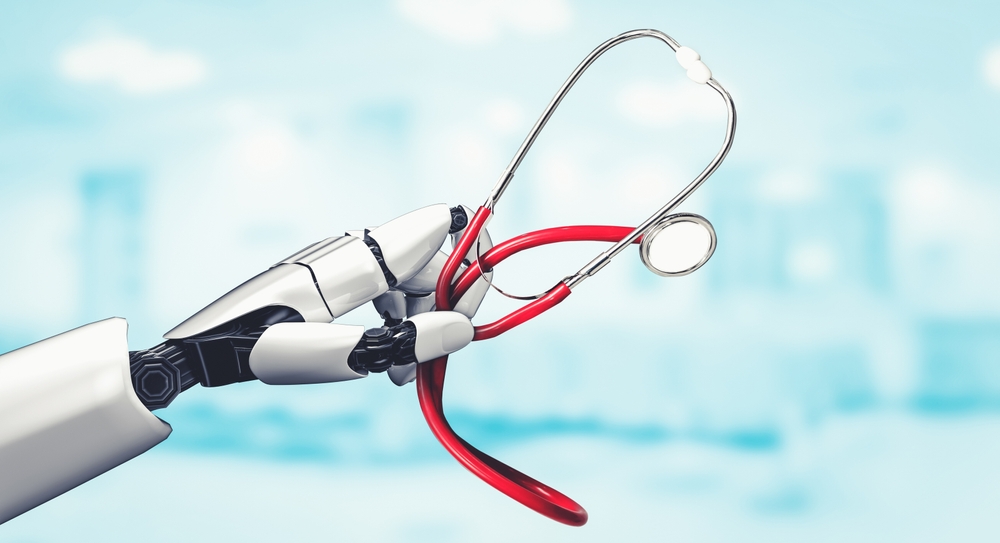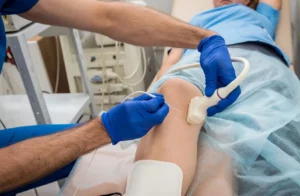The Future of Robotics in Medical Devices

Since they first began appearing in the 1980s, medical robotics devices have revolutionized the healthcare industry. The robotic surgical devices market started with the use of robotic arm technology in surgeries. Since then, with the advancements in artificial intelligence (AI) and distributed systems, the use of robotic medical equipment has expanded to a variety of other applications, including during the COVID-19 pandemic, where health care professionals used medical robotics devices to limit human exposure to disease pathogens.
The future of robots used in surgery is very promising, with almost unlimited potential for improving surgical techniques and patient outcomes. Sterling recently worked on a robotic-assisted surgery (RAS) device that allows a surgeon to perform a procedure without even being in the same room as their patient. In 2019, a hospital in Toronto performed a new remote robotic brain surgery, the world’s first neurovascular surgery using robotics, to treat a major brain aneurysm.
With all the promise medical robotics devices hold, the increasing prevalence of U.S. Food and Drug Administration (FDA) approved robotic surgery systems as well as those approved around the world is no surprise.
Benefits of Medical Robotics Devices
The future of robotic surgery is encouraging, and offers a variety of benefits, including:
Minimally invasive techniques Robotic surgery techniques are less invasive than traditional surgical methods where surgeons had to make large incisions to get full access to the part of a patient’s body that needed treatment. This meant a more difficult recovery and putting the patient at greater risk for infection. Medical robotics devices allow for smaller incisions, limiting exposure to bacteria and supporting effective healing.
Improved precision Robotic surgery is a bit of a misnomer, because the surgery is not being performed by a robot. It is performed by a qualified surgeon with the use of robotic medical devices. These devices provide more precision because they eliminate natural human tendencies such as muscle spasms and unsteady hands.
Geographic freedom Medical robotics devices already provide the capability for a surgeon to perform an operation from another room. The long-term goal would be to give them to ability to do the surgery from anywhere in the world. This would give patients access to the best surgeon for their particular procedure, regardless of their location. It would also permit life-saving surgeries to be conducted in disadvantaged parts of the world that lack proper medical support.
Challenges in Medical Robotics Devices
Even with all their benefits, robotic medical devices also face some challenges.
Cybersecurity As devices get more advanced, so do the cyber-attacks that are being waged on these medical devices. If a device includes software, it is exposed to potential cybersecurity threats. The hazard is even greater in the healthcare industry, which has long been the target of cyber-attacks. It is almost impossible to completely eliminate vulnerabilities and threats.
Implementation In order to be able to utilize robotic surgical devices, surgeons must be trained differently and adapt their methods to the new technology. Even with all its advantages, it can be a difficult adjustment and mindset change, especially if a surgeon has spent their career using more traditional techniques. The future of medical robotics devices is bright, and Sterling’s team of experts is poised to help you with your medical device development to take advantage of it. If we can support your medical device prototype development, please contact us today.




